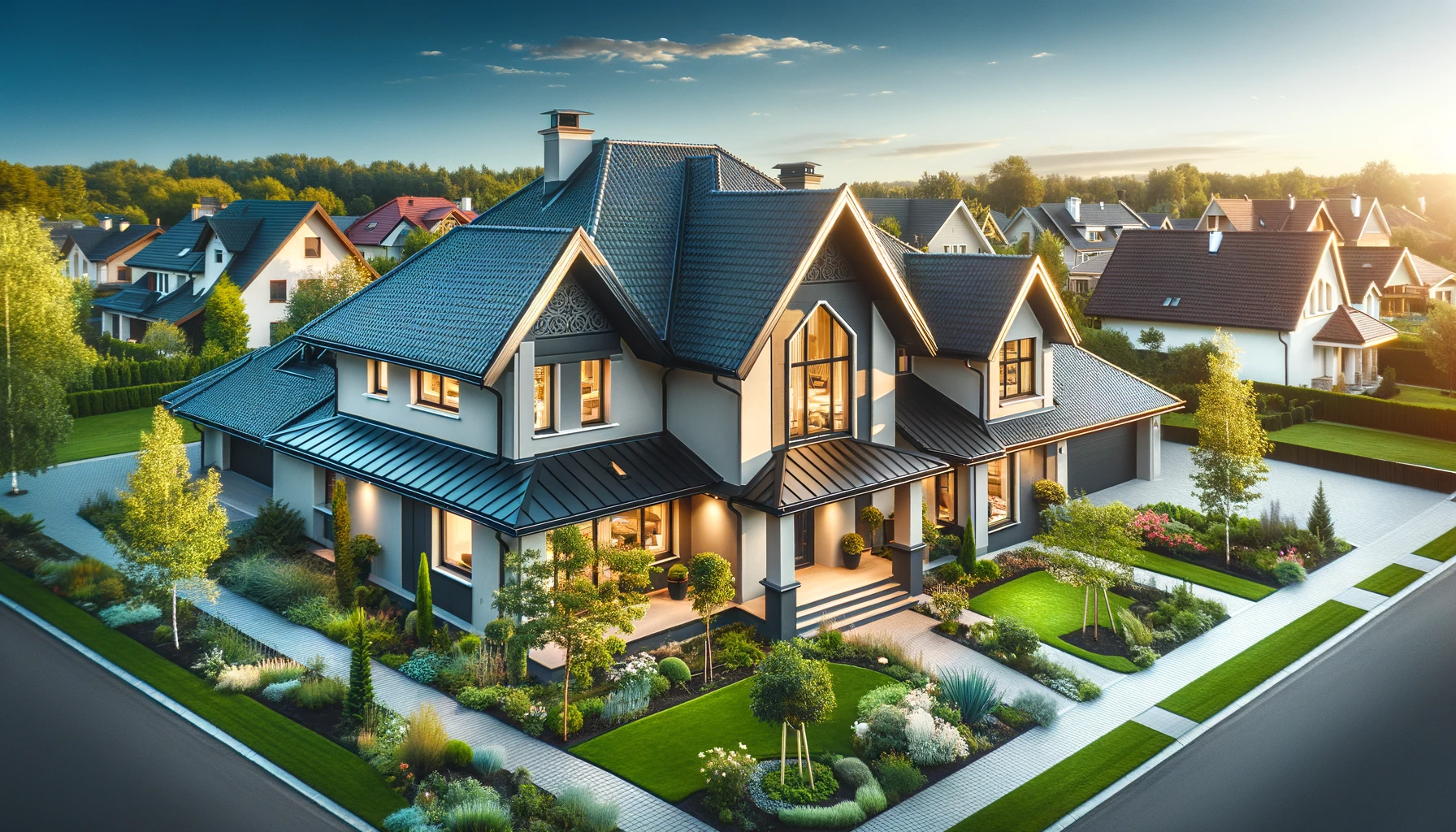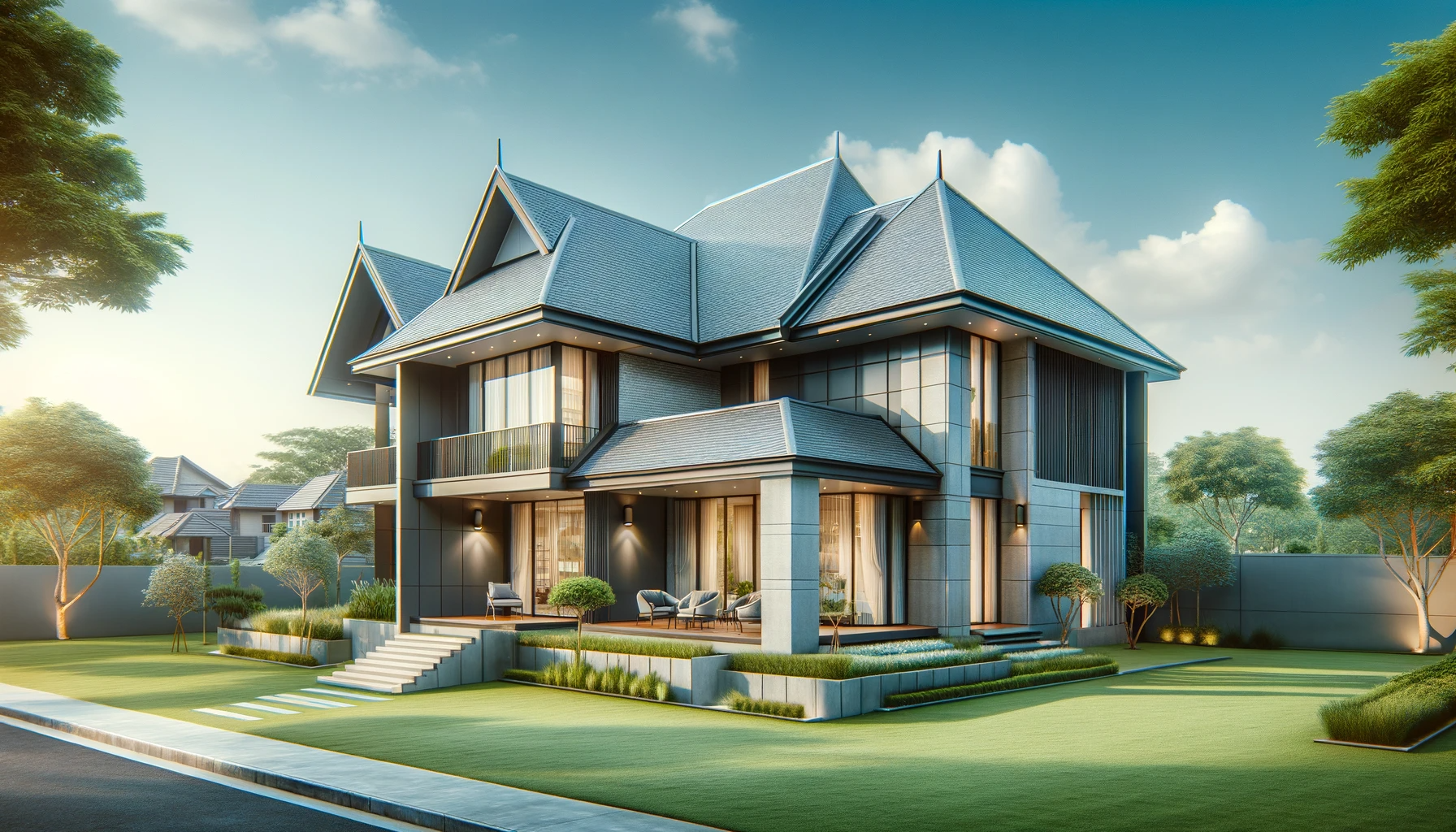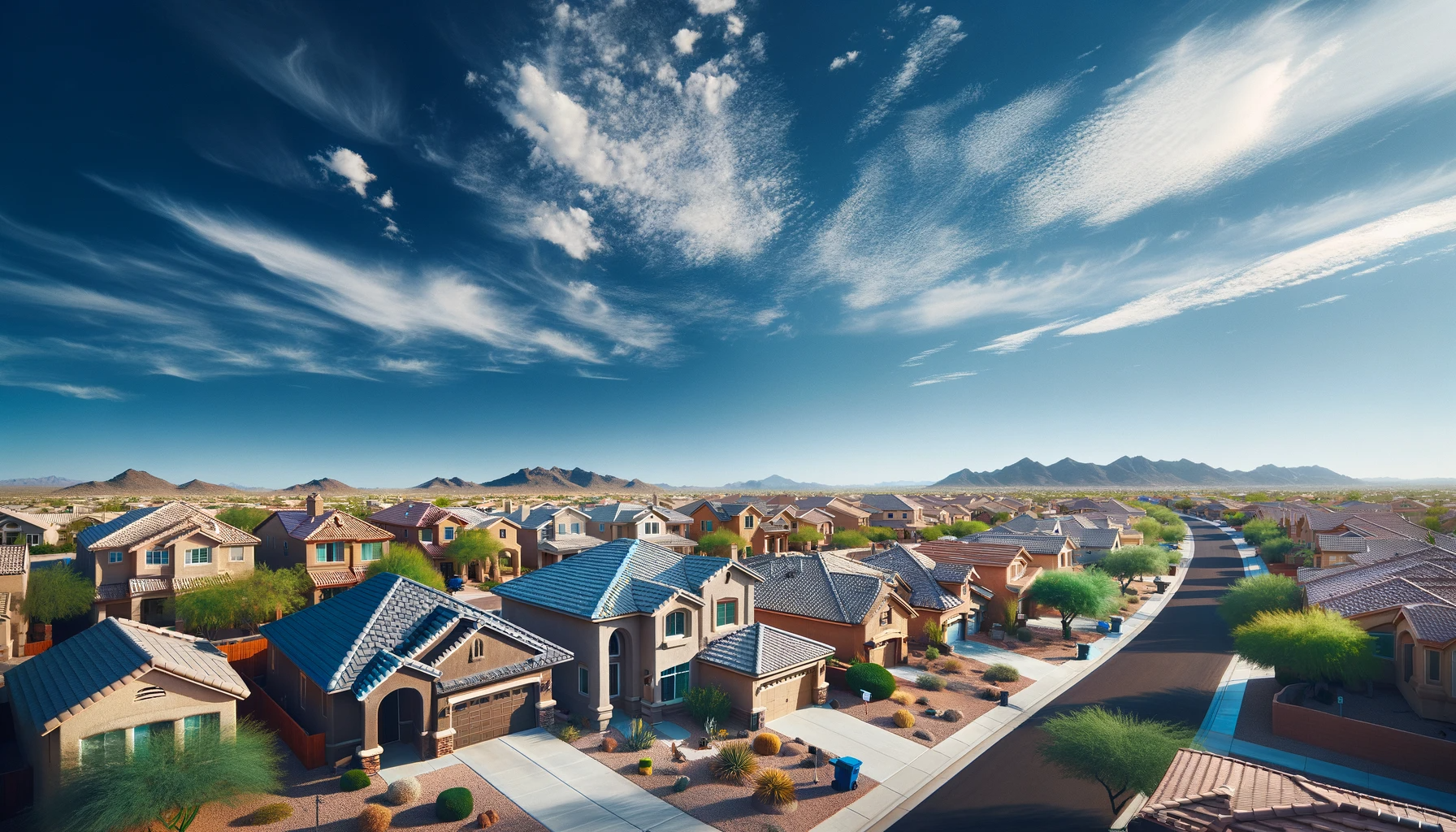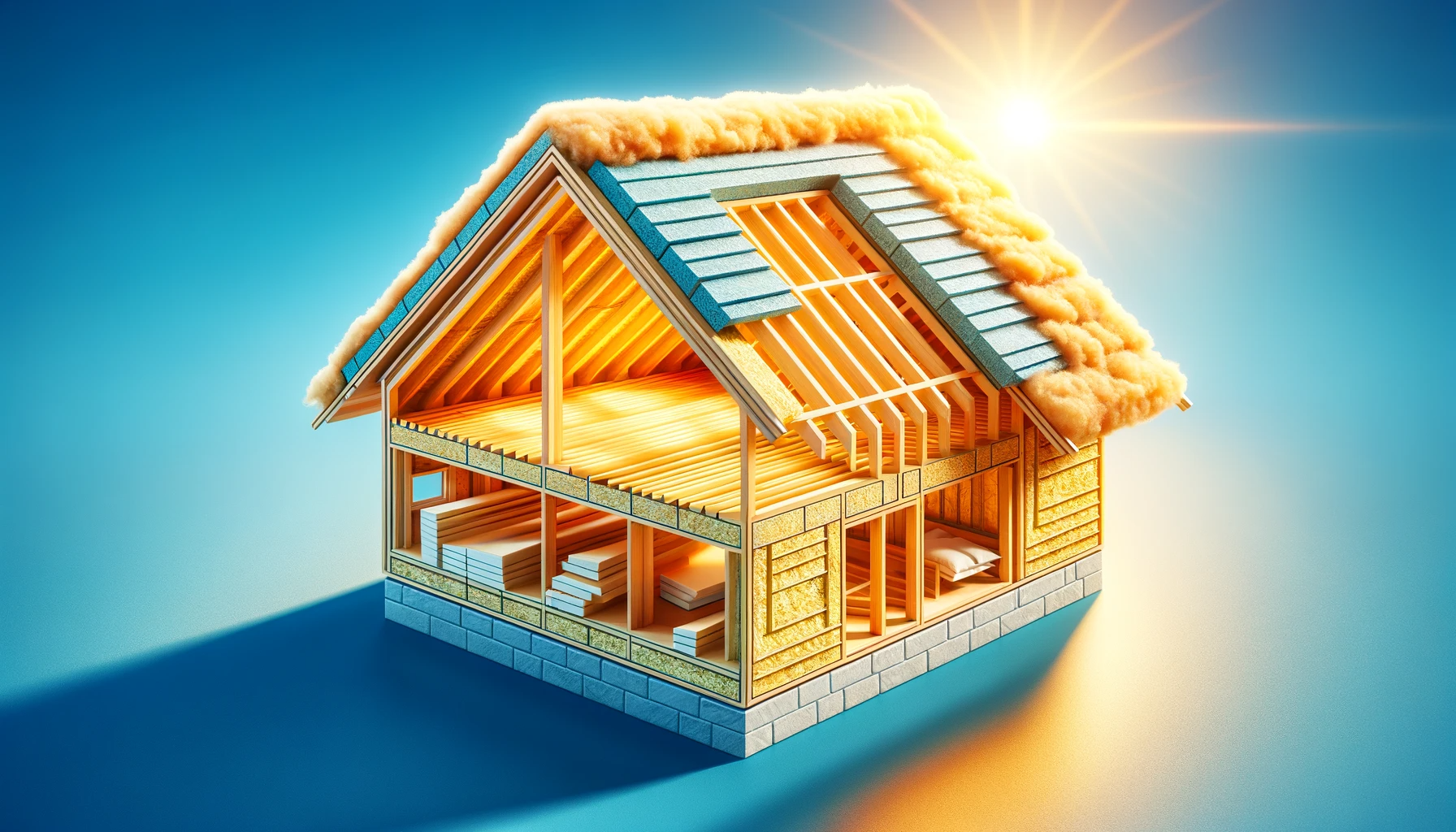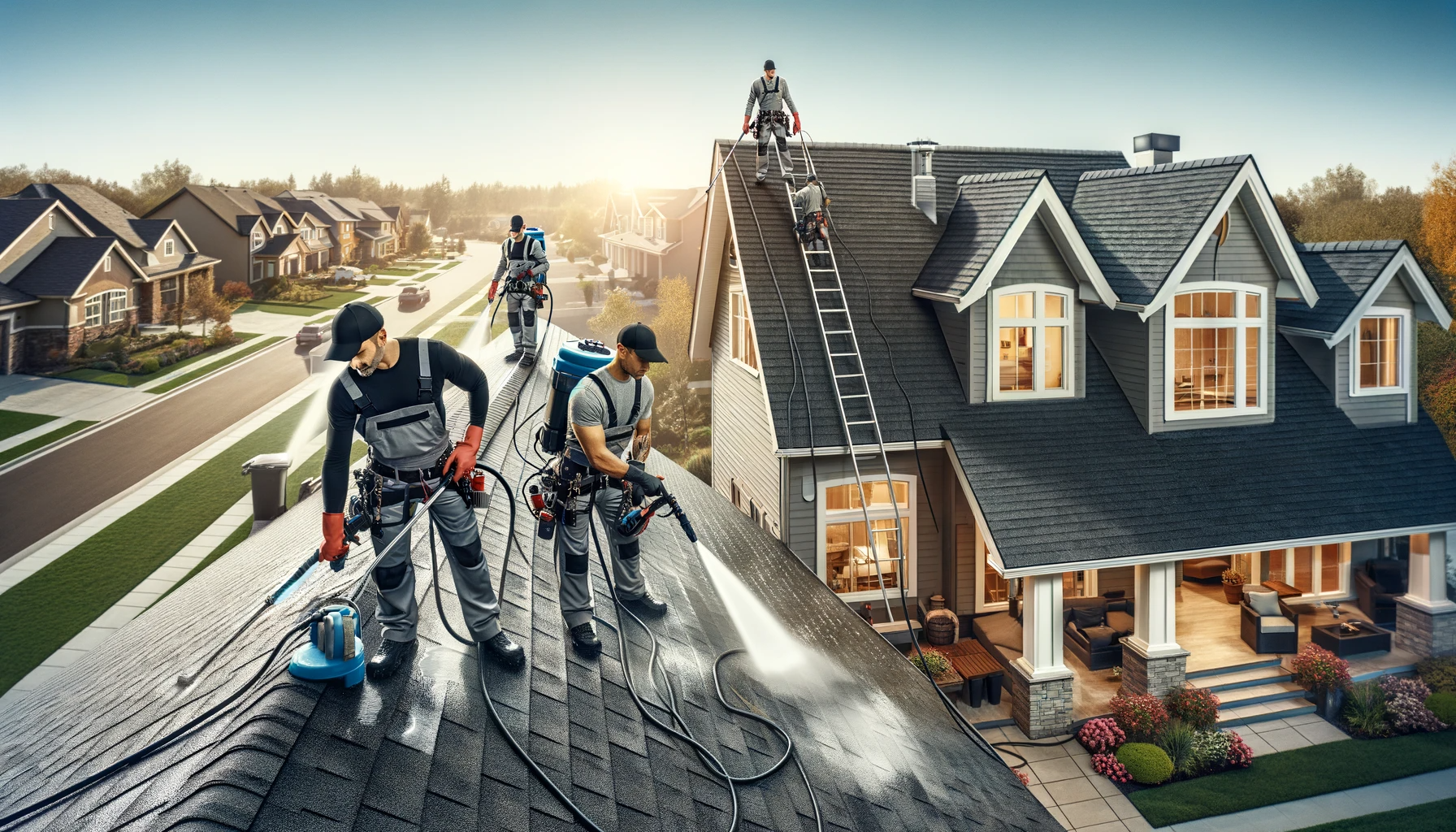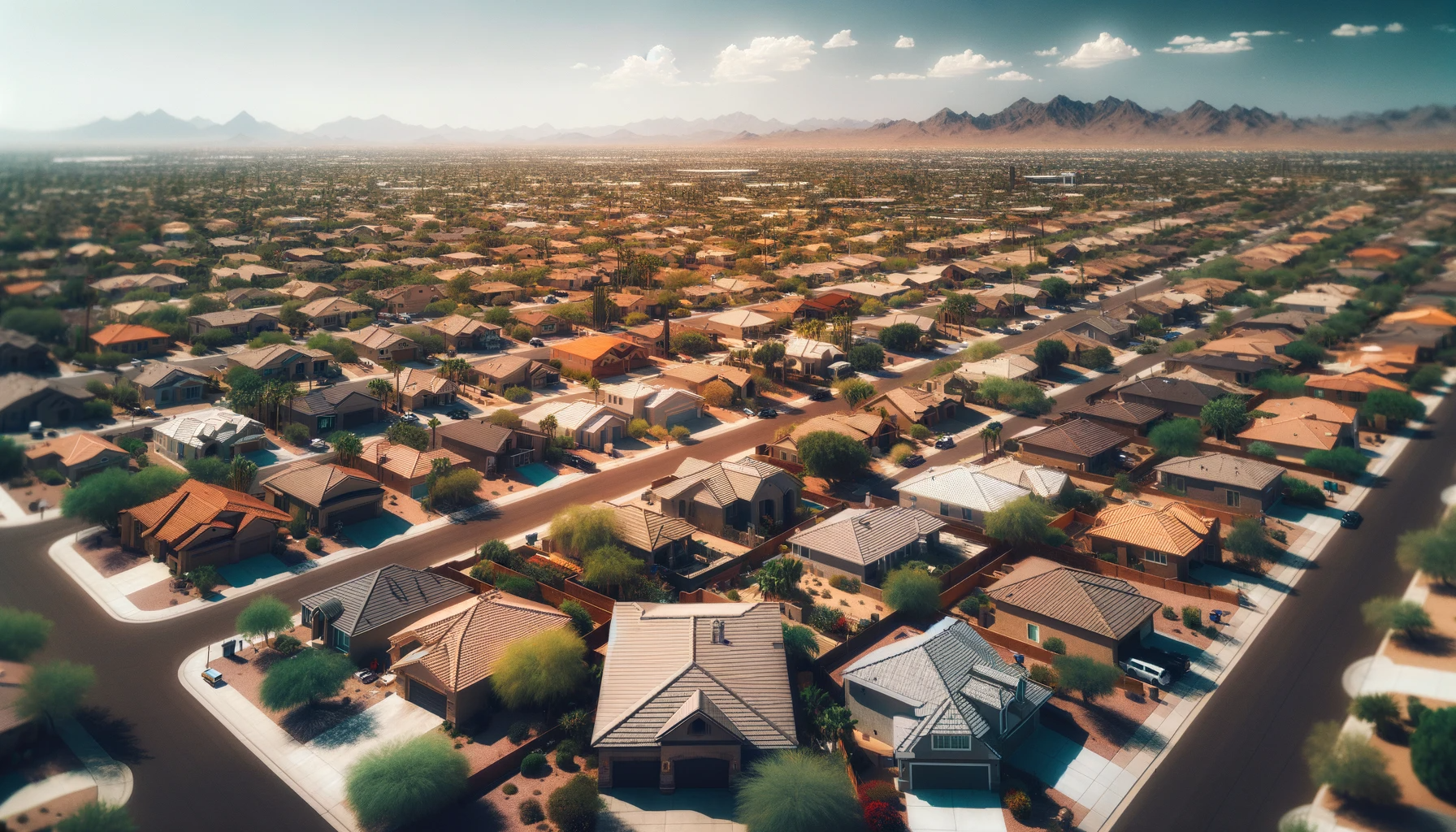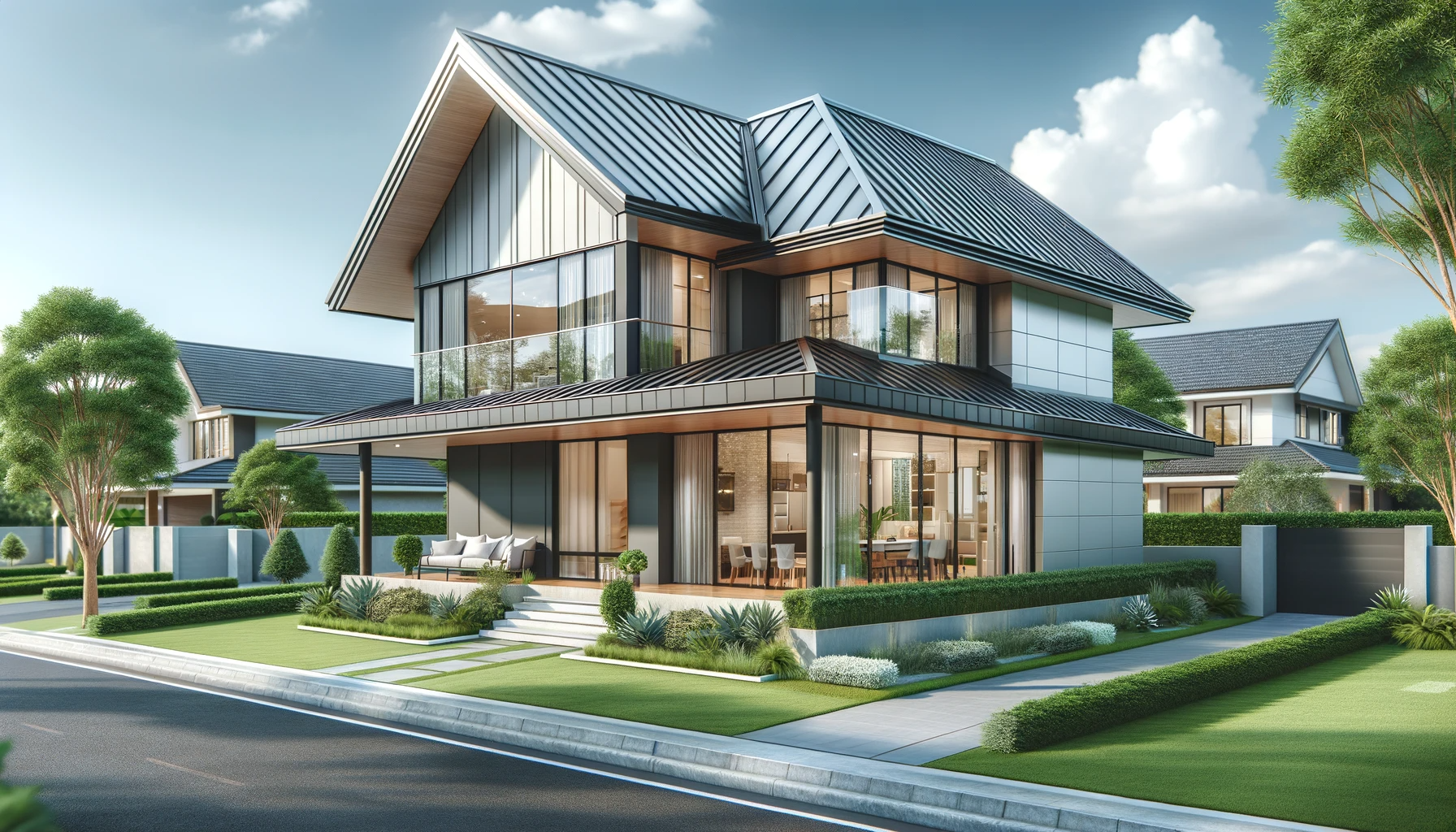The Evolution of Roofing Materials: From Traditional to Modern
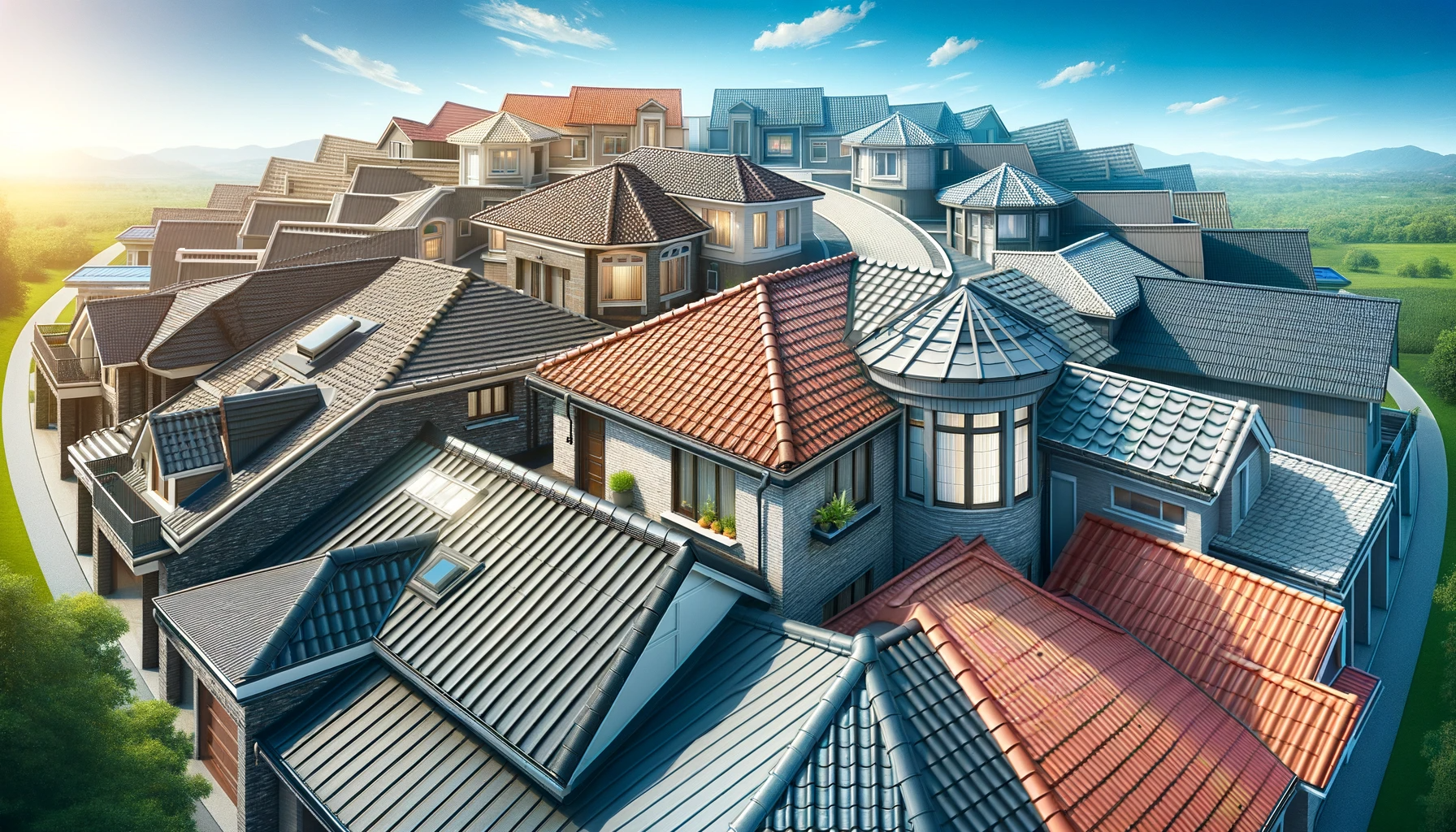
Roofing, an essential component of any structure, has seen a remarkable transformation over the years. The evolution of roofing materials reflects the advancements in technology, architectural trends, and the growing importance of environmental sustainability. This blog explores this journey from traditional roofing methods to modern innovations, highlighting how these changes have shaped our homes and buildings.
Traditional Beginnings
The history of roofing begins with the most basic materials: straw, wood, and stone. These were readily available and easy to work with. In regions like Phoenix and Tucson, Arizona, where the climate is predominantly hot and dry, traditional materials such as clay tiles have been popular for centuries. These tiles, known for their durability and ability to withstand the harsh sun, became a staple in Southwestern architecture.
The Industrial Revolution: A Turning Point
The Industrial Revolution brought significant changes to roofing materials. The introduction of mass-produced metal roofing, especially corrugated iron, marked a significant shift. Metal roofing was more durable, fire-resistant, and offered better protection against the elements than traditional materials. It also allowed for more innovative designs and shapes, moving away from the flat, rectangular tiles of the past.
The Rise of Asphalt Shingles
In the 20th century, asphalt shingles emerged as a popular choice for residential roofing in the United States, including Arizona. Their low cost, ease of installation, and versatility in color and style made them an attractive option. Additionally, asphalt shingles offered improved fire resistance and a longer lifespan compared to wood shingles.
Modern Innovations: Eco-Friendly and High-Tech Materials
Today, the roofing industry is witnessing a surge in eco-friendly and high-tech materials. Innovations like solar tiles, green roofs, and recycled materials are becoming increasingly popular. Solar tiles, for instance, offer the dual benefit of protecting the home and generating electricity. Green roofs, covered with vegetation, improve air quality and provide natural insulation.
In Arizona, the demand for energy-efficient and environmentally sustainable roofing options is on the rise. Homeowners are looking for ways to reduce their carbon footprint and lower energy costs. Modern roofing materials are designed to reflect more sunlight and absorb less heat, a crucial feature in the hot Arizona climate.
Stone Coated Steel Roofing: A Blend of Tradition and Innovation
One of the most exciting developments in roofing is stone-coated steel roofing. This material combines the aesthetic appeal of traditional tiles with the durability and strength of metal. It is lightweight, fire-resistant, and can withstand extreme weather conditions, making it an ideal choice for the Arizona climate.
The Future of Roofing Materials
The future of roofing materials lies in sustainability and technological integration. We are moving towards materials that are not only durable and efficient but also environmentally friendly. Innovations like photovoltaic shingles and materials made from recycled products are paving the way for a new era in roofing.
The Role of Aesthetics
The evolution of roofing materials is not just about functionality. Aesthetics play a significant role in the choice of roofing materials. Homeowners and architects are constantly seeking materials that not only offer protection and efficiency but also enhance the visual appeal of the building. Today's market offers a wide range of colors, textures, and styles, allowing for personalization and architectural expression.
Conclusion
The evolution of roofing materials from traditional to modern reflects the changing needs and values of society. In Arizona, where the climate poses unique challenges, the choice of roofing material is crucial. Modern innovations offer not just improvements in durability and efficiency but also opportunities for environmental sustainability. As we look to the future, the roofing industry will continue to innovate, blending tradition with technology to meet the ever-evolving demands of construction and design.
